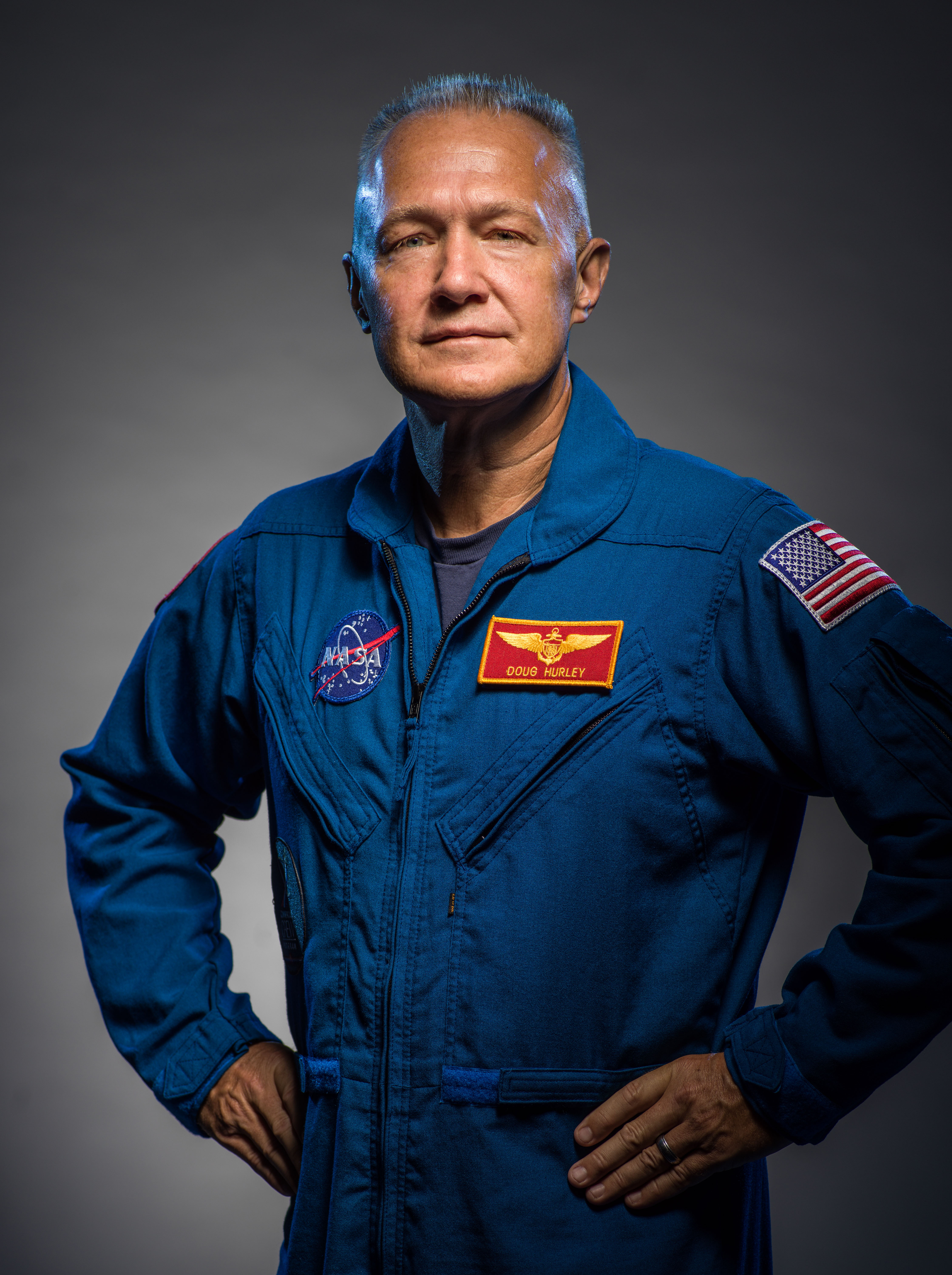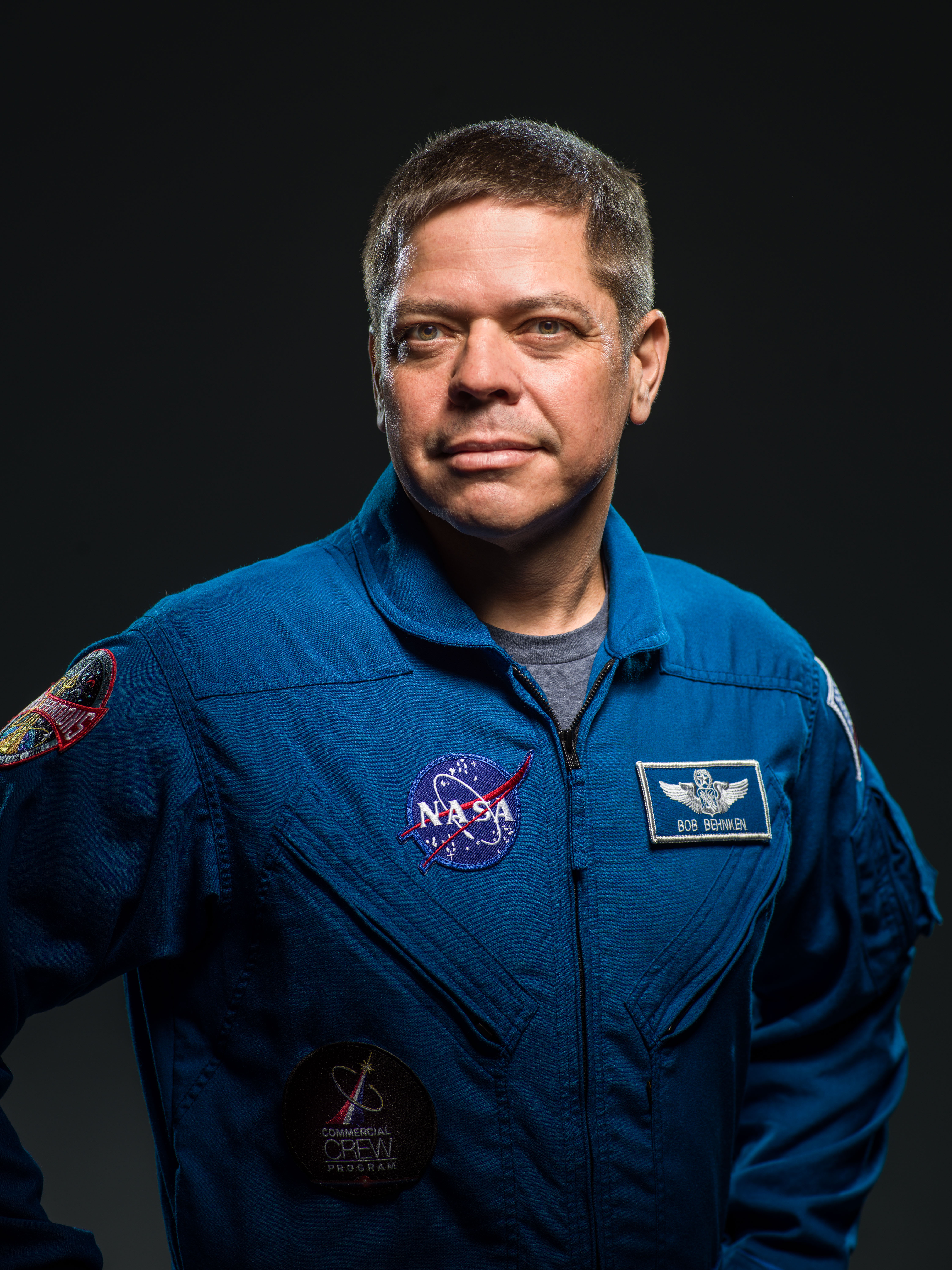The red planet has another visitor on its way in 2020. NASA’s Perseverance Mars rover launches from Launch Complex-41 at Cape Canaveral Air Force Station aboard the Atlas V rocket on July 30, 2020! The rover is expected to reach its destination (Jezero Crater) on the 18 of February, 2021. This Mars 2020 mission will provide vital insight into the many challenges colonizers will face upon arriving on the Martian surface. [1]
The Cargo
Perseverance was designed by NASA’s JPL and is almost identical to the Curiosity design. The rover is packed with 23 cameras and two microphones, along with seven scientific instruments. Perhaps its most interesting companion is the drone helicopter, Inginuity, which will scout locations for Perseverance to study.[2] These two explorers were named perfectly, as ingenuity truly does help us find areas in which we can persevere. But curiosity must first pave the way!

Perseverance received a few upgrades over Curiosity, namely more durable wheels that will sustain less damage from the rough Martian terrain. It also wields a 5-jointed robotic arm at 2.1 meters long, because size matters.[2]
The Rocket

The Atlas V is a two-stage expendable launch system, developed by Lockheed Martin, and will be carrying our little metal friend to Mars this year! The first stage of this rocket is powered by the Russion RD-180 engine, while the second stage sports the RL10 made by Aerojet Rocketdyne.[3]
Get all of the details on the Atlas V here!
Header image: NASA, & Waigand, G. M. (2019, July 23). [Close-up of the head of Mars 2020’s remote sensing mast PIA23316]. Wikipedia.org. https://en.wikipedia.org/wiki/File:Close-up_of_the_head_of_Mars_2020’s_remote_sensing_mast_PIA23316.jpg
Cargo image: NASA, & Krohn, J. (2020). [Photo of Perseverance Mars rover]. https://www.gannett-cdn.com/presto/2020/03/05/PDTN/22c46aba-a87d-4ecc-af7c-0293889bfd6f-AP20065571864623.jpg?width=540&height=&fit=bounds&auto=webp
Rocket image: Space Force. (2020). [Photo of ULA Atlas V]. AmericaSpace. https://www.americaspace.com/wp-content/uploads/2019/08/FB_IMG_1565215460588.jpg
1:Mars.nasa.gov. (2020, July 9). Mission updates. NASA’s Mars Exploration Program. Retrieved July 18, 2020, from https://mars.nasa.gov/mars2020/timeline/launch/status/
2: Wikipedia. (2020, July 12). Perseverance (Rover). Retrieved July 18, 2020, from https://en.wikipedia.org/wiki/Perseverance_(rover)
3: Wikipedia. (2020, June 26). Atlas V → Capabilities. Retrieved July 18, 2020, from https://en.wikipedia.org/wiki/Atlas_V#Capabilities






